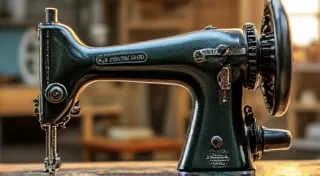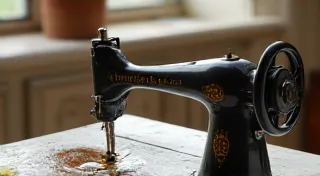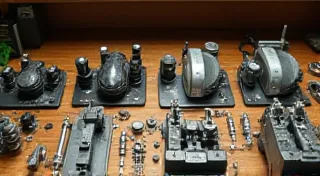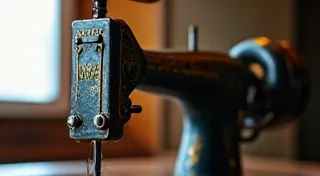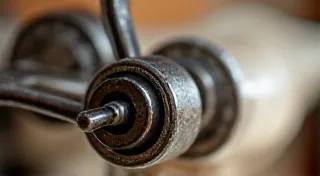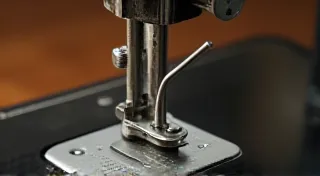Troubleshooting a Sticky Treadle: Common Causes and Solutions
A sticky or difficult-to-move treadle is a common complaint among owners of vintage treadle sewing machines. The rhythmic, satisfying motion of the treadles is what makes these machines so charming, but when they become sluggish, it can make sewing a real chore. This guide will help you diagnose the problem and provide solutions, ranging from simple lubrication to more involved mechanism adjustments. Let's get your treadles moving smoothly again!
Understanding the Treadle Mechanism
Before we dive into troubleshooting, let's briefly understand how a treadle mechanism works. The treadles themselves are connected to a series of levers and cranks that translate the up-and-down motion of your feet into rotary motion for the sewing machine's flywheel. This entire system relies on precise alignment and lubrication to function efficiently. Rust, dried grease, and misalignment are the usual suspects behind a sticky treadle.
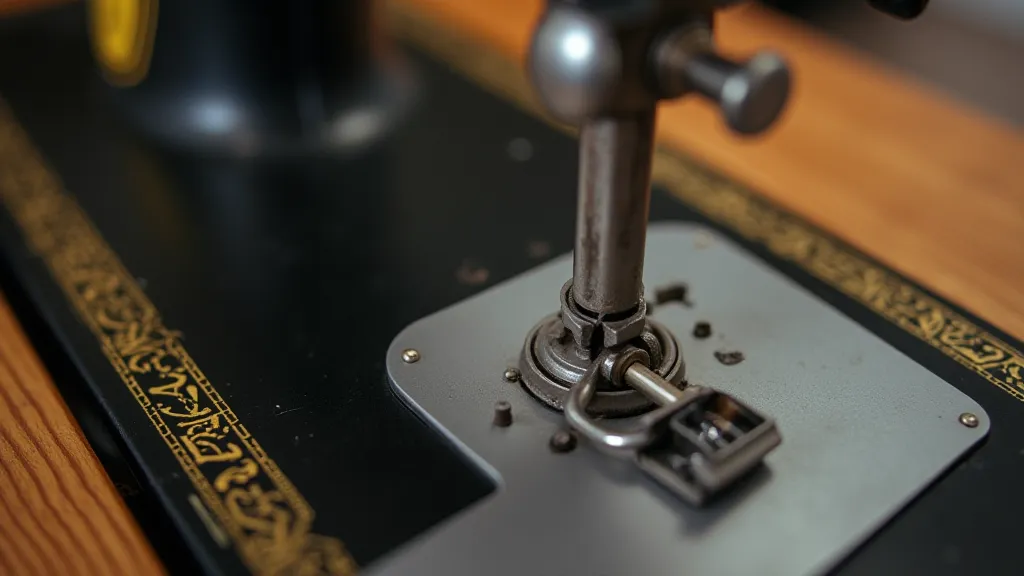
Common Causes of a Sticky Treadle
Let's explore the most frequent culprits behind a sticky treadle:
- Dried Grease/Old Lubricant: Over time, grease hardens and loses its lubricating properties. This is the most common cause.
- Rust: Exposure to moisture can lead to rust, seizing up moving parts.
- Misalignment: A slight shift in a lever or connecting rod can significantly affect the treadle's movement. This can happen from previous repairs or simply settling over many years.
- Debris: Lint, dust, or even small pieces of fabric can accumulate and impede movement.
- Worn Bushings/Pivot Points: Bushings, which provide a low-friction surface for rotating parts, can wear out and cause friction.
Diagnosis: Pinpointing the Problem
Start by carefully observing the treadle action. Does it stick at a particular point in the cycle? Does one treadle feel worse than the other? Listen for any unusual noises, such as squeaks or grinding. Here’s a systematic approach:
- Visual Inspection: Look for obvious signs of rust, dried grease, or misalignment. Use a bright light to get a good view.
- Manual Movement: Gently try to move each lever and connecting rod individually. Feel for resistance or binding.
- Treadle Action Observation: Slowly operate the treadles and watch the entire mechanism in motion. Try to identify exactly where the sticking occurs.
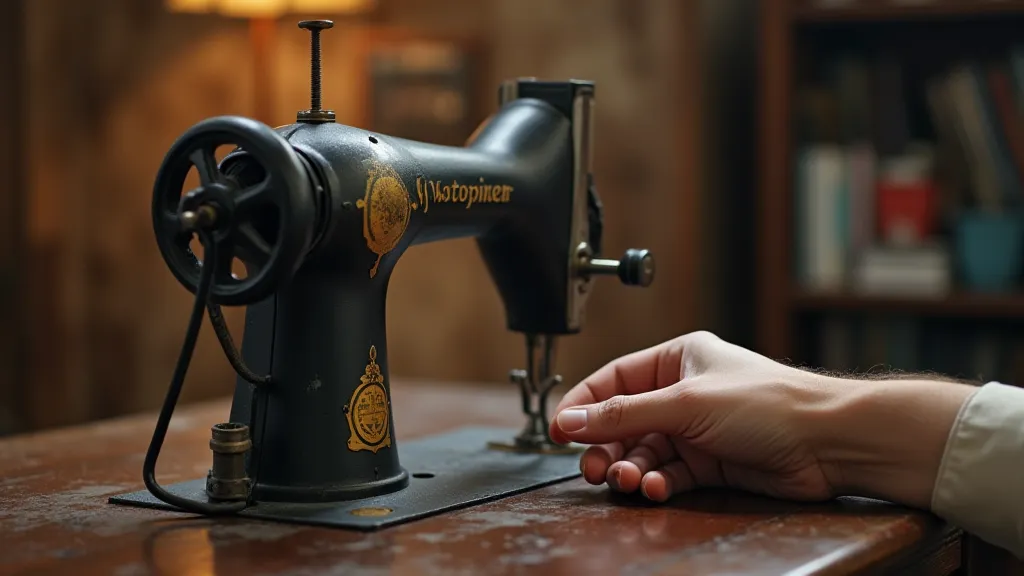
Solutions: Getting Your Treadles Moving
Now let's look at solutions, starting with the simplest and moving to more involved repairs:
1. Lubrication – The First Line of Defense
Proper lubrication is often all that’s needed. Use a sewing machine oil or a light machine oil (like 3-in-1). Avoid using thicker oils like WD-40, as it can attract dust and eventually dry out. Apply a few drops to each pivot point and lever connection. Work the treadles back and forth several times to distribute the oil.
2. Cleaning
If the lubricant is old and gummy, it may need to be cleaned before fresh oil can be applied. Use a solvent like mineral spirits (in a well-ventilated area!) to dissolve the old grease. Use soft cloths or cotton swabs to gently clean the parts. Always wear gloves when working with solvents.
3. Addressing Misalignment
If lubrication and cleaning don’t solve the problem, misalignment is likely the issue. This is more complex and may require careful adjustment of the levers and connecting rods.
- Gentle Re-seating: Sometimes, simply applying pressure to a lever while operating the treadles can help it settle into its proper position.
- Pin Adjustment: Some machines have adjustment pins that allow for slight changes in lever alignment. Consult your machine’s manual or a repair guide for specifics.
- Professional Repair: If you’re not comfortable with adjustments, consider seeking the assistance of a qualified sewing machine repair technician.
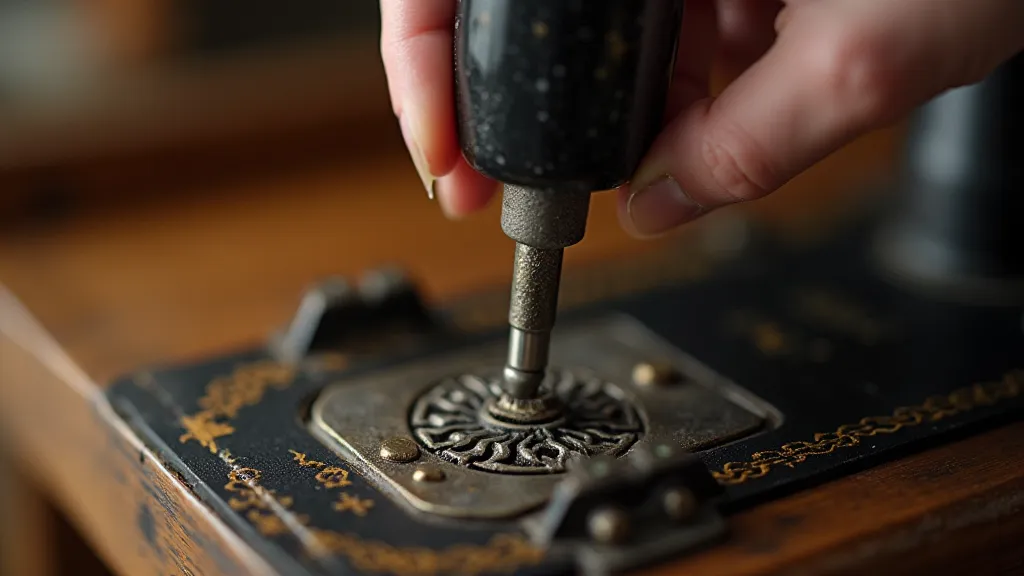
4. Bushing Replacement
Worn bushings can create a lot of friction. Replacing them involves disassembling the treadle mechanism, which is a more advanced repair. Parts sourcing can also be challenging for older machines. Again, a professional repair technician may be the best option.
Preventative Maintenance
Regular maintenance is key to preventing treadle stickiness:
- Periodic Lubrication: Oil your treadles every few months, or more frequently if you use the machine often.
- Dust Removal: Regularly vacuum or dust the machine to prevent debris buildup.
- Moisture Control: Store your machine in a dry environment.
With a little patience and attention, you can restore your vintage treadle sewing machine to its former glory, enjoying the rhythmic satisfaction of hand-powered sewing!
